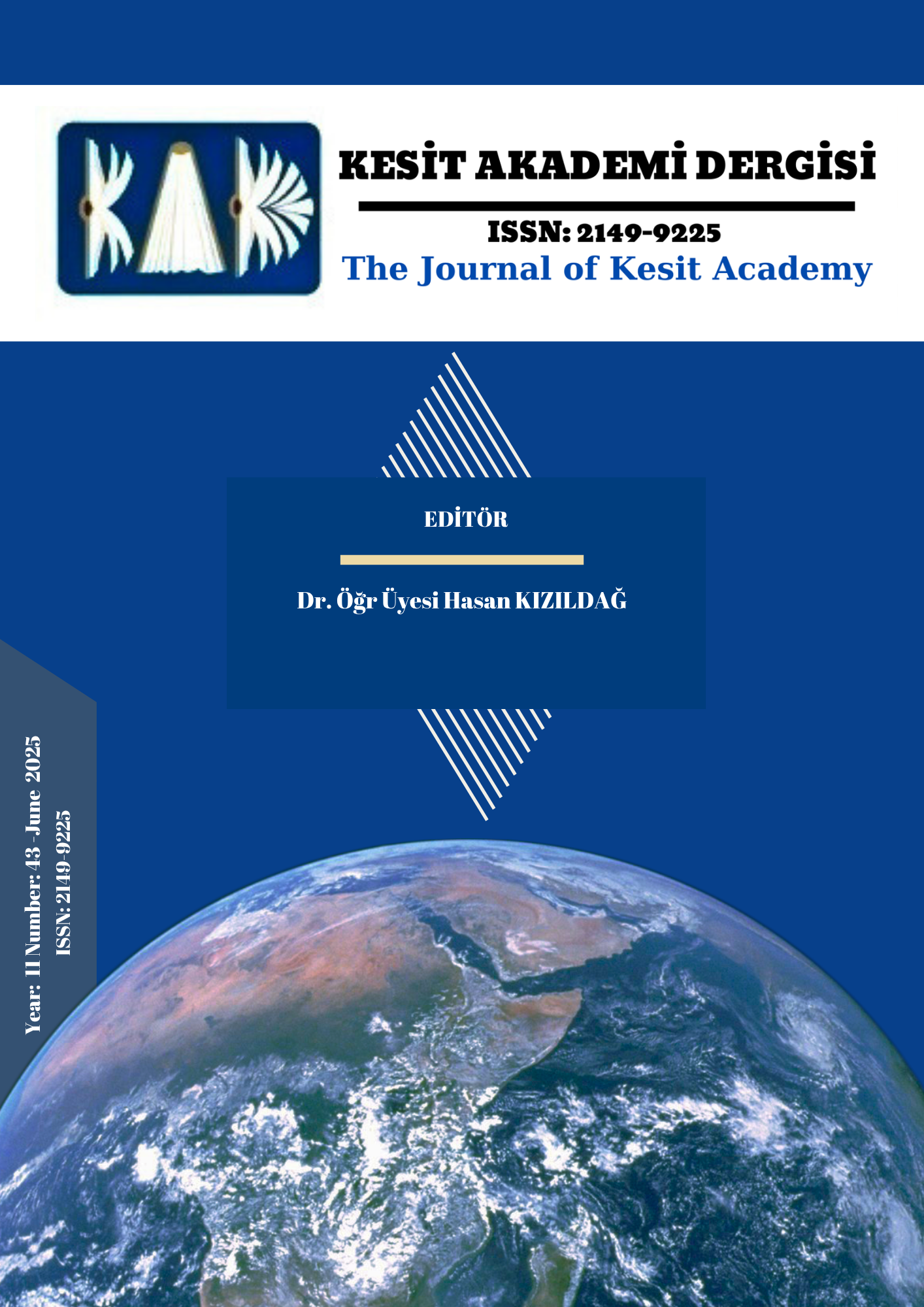Author :
Abstract
Buket Uzuner’in İki Yeşil Su Samuru romanı, Nilsu’nun annesi ve babasının boşanmasıyla başlayan hikâye üzerine kurulmuştur. Nilsu’nun hikâyesi bu bağlamda çok yönlü bir okumaya imkân verir. Nilsu, annesinin evi terk edişiyle anneliğe dair anlamları sorgulamaya başlar. Bu sorgulamalar bizi Jung’un evrensel bilinç dışı imgeler olarak tanımladığı arketip kavramına götürür. Arketipler hem insanlığın evrensel ilk imgeleri hem de bir toplumun kendi dünyasını algılama ve yorumlamasıyla yeniden üretilen unsurlardır. Anne de evrensel arketiplerden biridir. Anne arketipi, evrensel ve kültürel mitlerle şekillenir. Annenin kişinin varoluşundaki rolü düşünüldüğünde aynı zamanda Jung’un kaynağını kişisel deneyimler olarak gördüğü kişisel bilinç dışı imgelerle de yüklü olduğu görülür. Romanda bütün canlıların dişilerinde içgüdüsel olarak görünen anne arketipinin imgesel anlamlarının doğurmak eylemiyle bağlantılı olmadığı görülür. Romanı su imgeleri üzerine kuran yazar; Selen, Nilsu ve Deniz bağlantısıyla anneliğin biyolojik bir şey değil anlayış ve sevgi odaklı, büyüten değil yetiştiren yönüne dikkati çeker. Bu çalışmada bahsi geçen konuların anne arketipiyle nasıl şekillendiği gösterilecektir.
Keywords
Abstract
Buket Uzuner’s novel İki Yeşil Su Samuru is built on the story which begins with the divorce of Nilsu’s mother and father. In this context, Nilsu’s story allows a multifaceted reading. After her mother leaves their house, Nilsu starts to question the meanings associated with motherhood. These inquiries take us to the concept of the archetypes, which Jung describes as universal images from the collective unconscious. Archetypes are both primordial, universal images of humankind, and they are also continuously reproduced through a society’s perception and interpretation of the world. The mother is one of these universal archetypes. The mother archetype is shaped by universal and cultural myths. Considering the mother’s role in a person’s existence, it is also evident that this archetype is laden with images from the “personal unconscious,” the source of which Jung attributed to individual experiences. In the novel, it can be seen that the symbolic meanings of the mother archetype, instinctively found in the females of all living beings, are not necessarily connected to the act of giving birth. Uzuner builds the novel around water imagery and, through the characters Selen, Nilsu, and Deniz, highlights a vision of motherhood that is not biological but rather centred on understanding and love—one that nurtures not by merely raising, but by fostering growth. This study will demonstrate how the themes mentioned above are shaped through the lens of the mother archetype.





